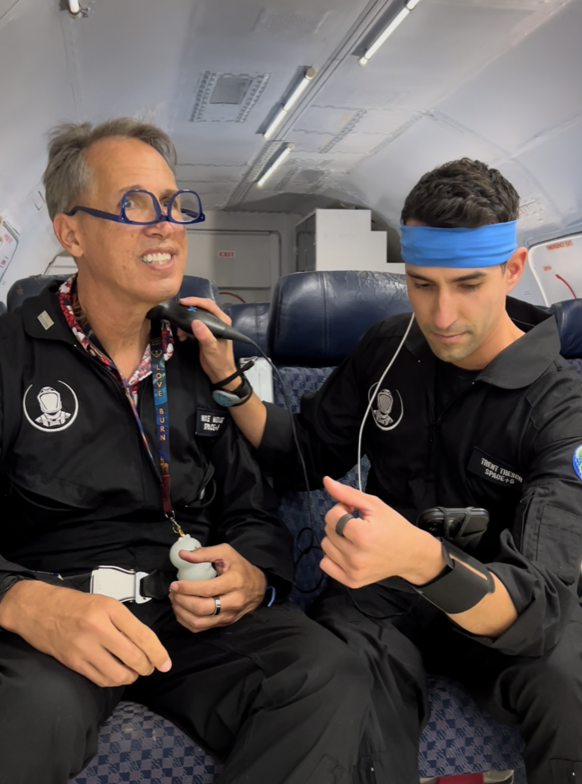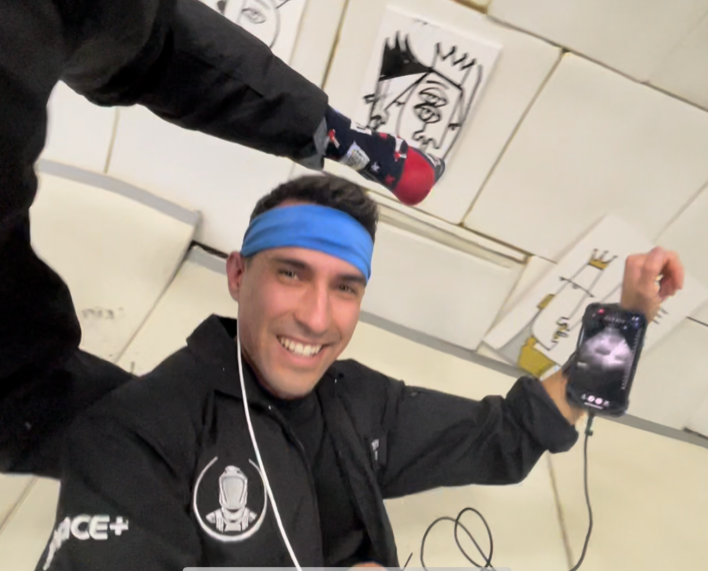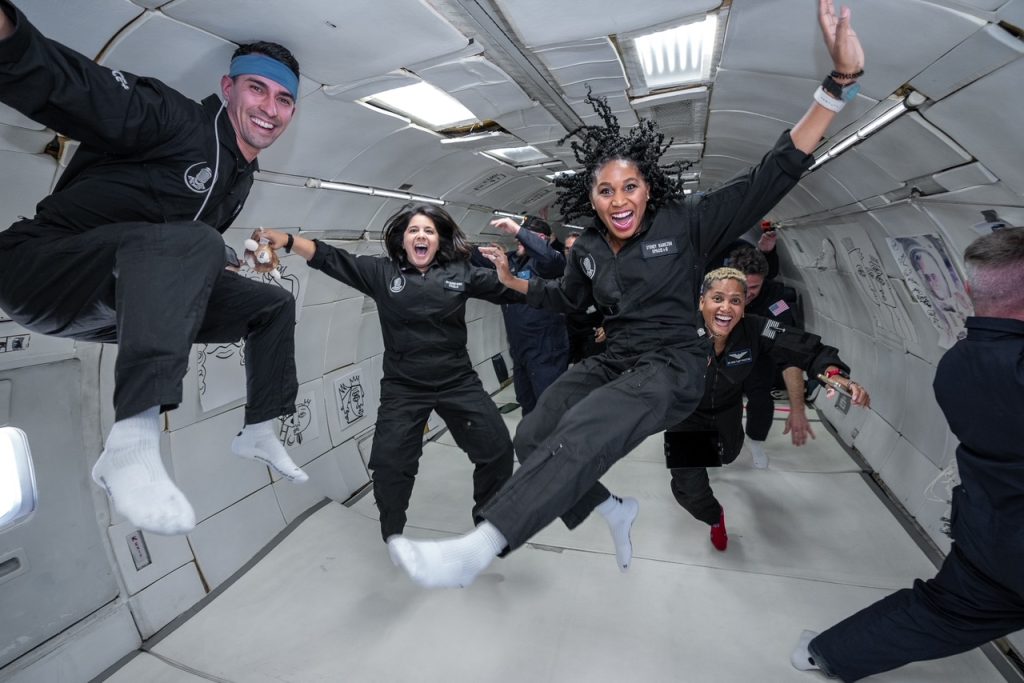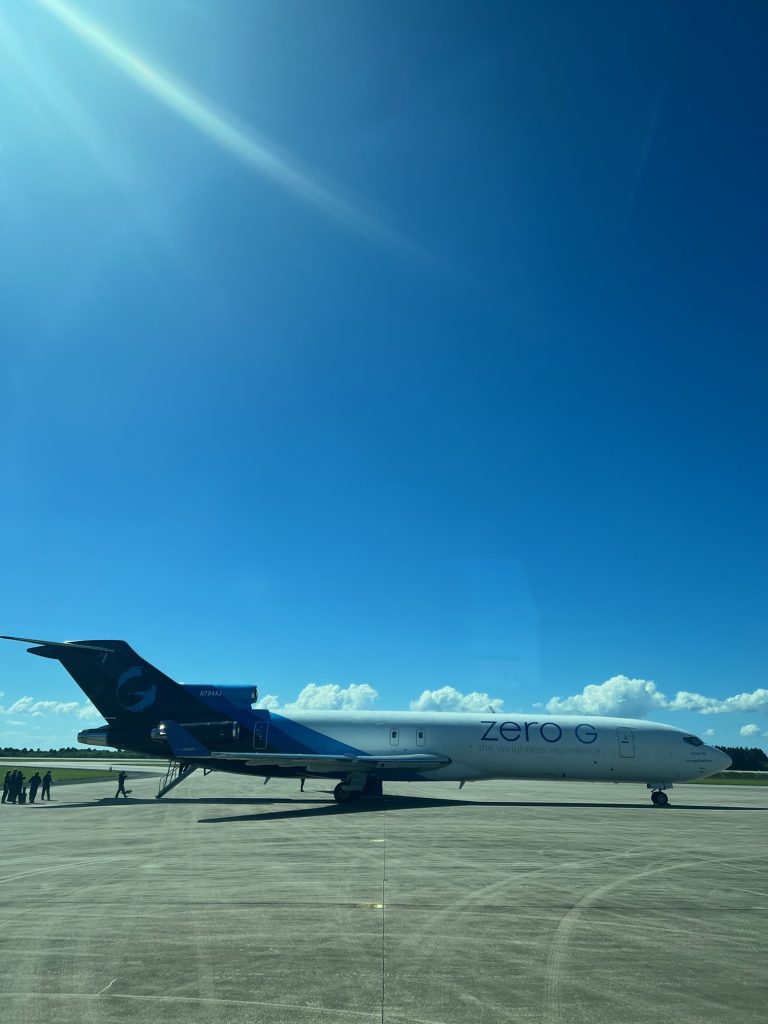October 23rd 2022 – University of Arizona’s Center for Human Space Exploration and Aerospace Medicine Fellowship (APEX) team up to explore space ultrasound research potentials. Dr. Mira Mila’s, Dr. Eric Petersen and Trent Tresch used the commercial Zero G platform, a custom Boeing 727, to better understand how ultrasound readings can be taken and used in micro gravity.
“While ultrasound has traditionally been used in spaceflight to study anatomical and physiological adaptations to microgravity and evaluate countermeasures, recent years have seen a growth of applications adapted from terrestrial techniques.” state Jennifer Law and colleague Paul MacBeth in their 2011 paper titled, Ultrasound: From Earth to Space.
NASA understands the usefulness of ultrasound in space and the unique ability to train non-expert operators, “…investigators found that it is possible to use non-medical operators to obtain good-quality data if the right clinical questions are asked and the operator is given the right amount and type of information and direction from a remotely located expert.” The technology was recently used in 2021 on the Space X Inspiration 4 flight that orbited the Earth for 3 days.
Initial operational take aways from the 11 micro gravity parabolas include but are not limited to: the usefulness of a portable hands free computer device, additional lanyard attachment needed on probe for more stable control, and the importance of timeliness during the 30 second parabolas.
The team is reviewing the images captured on the flight but based of the experience, the team is curious if the technology (ultrasound/sensors) and platform could be used to better understand if wearables could help identify those at risk for motion sickness, are interested in the use and evaluation of ultrasound based cardiac output parameters, and the evaluation of jugular flow velocities.
The team would like to thank Dr. Mira Mila’s for training curriculum, Dr. Teresa Wu for the use of her Butterfly ultrasound, Dr. Eric Petersen, Uplift Aerospace and Zero G for providing the research platform.
Images: (Left) Trent Tresch taking anterior lateral neck readings on subject Astronaut Teacher Mike Mongo. (Right) Tresch taking self cardiac readings while floating weightless. Blue headband is an SpO2 sensor. (Below) NASA engineer Joan Melendez Misner, Rocket Scientist Sydney Hamilton, Inspiration 4 Astronaut Dr. Sian Proctor in weightlessness, (Below) Zero G’s 727 at NASA KSC Shuttle Landing Facility.



